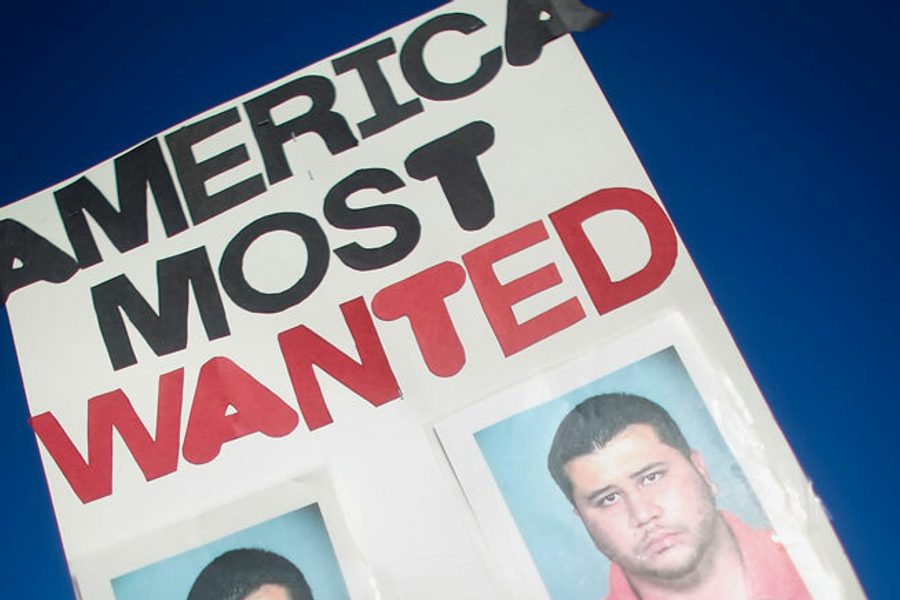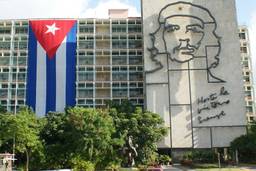Which Box Would Zimmerman Check?
How Trayvon Martin’s killing challenged our assumptions about Latinos.
Achy Obejas

At home in Chicago, I’m Latina, or perhaps Hispanic. The term “Hispanic” has been around for a long time but it took on a political — some say politicized — life when President Richard Nixon decided to add it as an option in the 1970 U.S. Census. The idea was to figure out how many of us — that is, Spanish-speakers or descendants of Latin Americans or Latin-American-born residents — lived in the United States. (The definitions for both Latino and Hispanic are often blurred, more a matter of political inclination than etymology, with Hispanic perhaps sounding a bit more polite.)
But an interesting thing happens when I travel south of the U.S.-Mexico border. I’m never Hispanic — what matters is that I’m Cuban and live in the United States. Why? Because these are cultural markers that affect social behavior and expectations.
In Cuba, that changes again. Whenever I’ve identified myself as Hispanic on the island, Cubans smile with amusement. In Havana, I’m a Cuban who lives abroad, but my most important identifier is that I’m white-skinned, which means access and deference not available to darker Cubans.
Which goes to show that “Hispanic,” so determinant in the United States, is just that: a U.S. concept. That brings me to George Zimmerman and the Census Bureau’s 2003 clarification about “Hispanic”: The term was never meant to denote race. As the bureau discovered, Hispanics belong to all races.
Right now, I’m not so much interested in defining Hispanic or Latino. But what intrigues me is the way race — which “Hispanic” wasn’t supposed to address — is being transformed as Latinos become a force in U.S. politics.
Zimmerman’s supporters evoked his ethnicity (“He’s Hispanic!”) as a defense against charges of racism, as if being born of a Peruvian mother somehow inoculated a soul against racial prejudice. But I also noticed there wasn’t a Latino groundswell to protect Zimmerman. Fox News, meanwhile, flipped the issue: Latinos, said Fox, were failing to defend one of their own!
What few grasped was the uneasiness Zimmerman provoked in many Latinos. First, sheer embarrassment. But there was also this: Zimmerman is not an aberration. There’s plenty of racism among us.
Another aspect of the Zimmerman case is harder to talk about: Most Latinos know that, due to white racism and white privilege, in the hierarchy of color prejudice, we benefit from being paler.
It was CNN, and much of the rest of the news media, that found an accommodation for the discomfort caused by having a café con leche half-Peruvian holding up the flag for interests usually more associated with conservative, racially challenged whites: Zimmerman, they determined, was a “white Hispanic.” (Note: not Latino.)
But that isn’t exactly a new term either. Since the 1970s, whenever my pale but kinky-haired mother has had to fill out an affirmative action form, she marks white or Caucasian and then adds, by hand if necessary, “Cuban-origin.” Though my mother aspires to whiteness, even she recognizes that those she hopes to be mistaken for can see with their own eyes that she’s not quite like them.
What is new about “white Hispanic” is the way CNN — which never identified Rick Sanchéz as a white Hispanic — and other media employed it: as a kind of code to signal “our Hispanic” to conservative interests.
Strategies of division, of course, are as old as dirt. But the Zimmerman case — so blatantly about race while in full-on denial — hasn’t assuaged too many Latinos about where we fall in terms of acceptance.
In a Washington Post/ABC News poll conducted immediately after the Zimmerman verdict, Latinos disapproved of the trial results by a 2-to-1 margin, and fully 60 percent — the exact percentage of the U.S.-born Latino population, mostly youth with an affinity toward African Americans — say “blacks and other minorities do not receive equal treatment with whites in the criminal justice system.”
And white in that context means white non-Hispanic.









